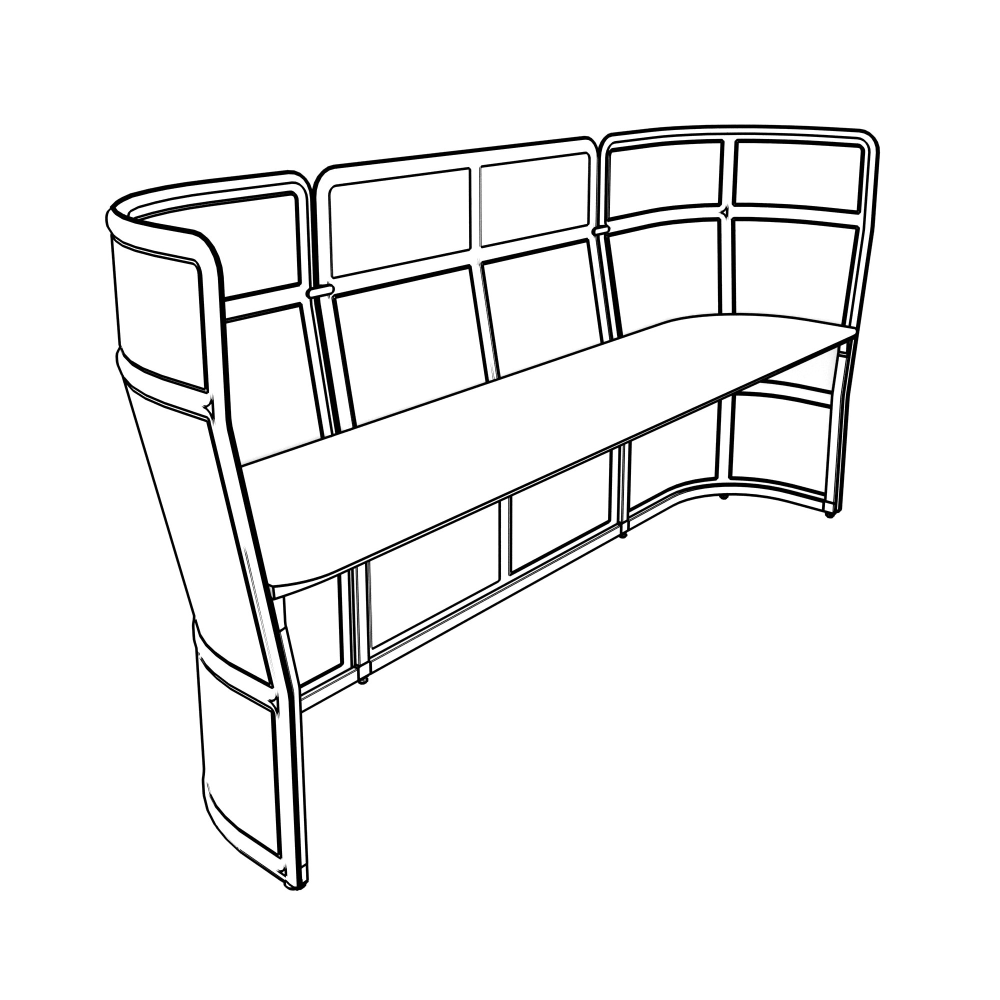Double nyl is a term that has gained significant attention in various industries, including textiles, fashion, and manufacturing. It refers to a specific type of material or process that offers unique advantages over traditional alternatives. If you're curious about what double nyl is and how it can impact different sectors, you're in the right place. This article will provide an in-depth exploration of double nyl, its properties, applications, and benefits.
Understanding double nyl requires delving into its composition, manufacturing process, and the industries it serves. This material has become a go-to choice for many manufacturers due to its durability, flexibility, and versatility. Whether you're in the textile industry or exploring innovative materials for your business, double nyl deserves your attention.
In this comprehensive guide, we'll cover everything from the basics of double nyl to its practical applications. By the end of this article, you'll have a clear understanding of why double nyl is gaining popularity and how it can benefit your projects. Let's dive in!
Read also:Ma Arion A Rising Star In The Entertainment Industry
Table of Contents
- What is Double Nyl?
- History of Double Nyl
- Properties of Double Nyl
- Manufacturing Process
- Applications of Double Nyl
- Benefits of Double Nyl
- Comparison with Other Materials
- Environmental Impact
- Future of Double Nyl
- Conclusion
What is Double Nyl?
Double nyl is a high-performance material that combines two layers of nylon fabric with a specialized bonding process. This innovative material offers enhanced durability, strength, and flexibility compared to single-layer nylon. It is widely used in industries such as fashion, outdoor gear, and automotive manufacturing due to its superior properties.
Definition and Composition
The term "double nyl" refers to the combination of two layers of nylon fabric laminated together using advanced techniques. This process creates a material that is not only stronger but also more resistant to wear and tear. The composition of double nyl includes:
- Nylon 6 or Nylon 6.6 as the primary material
- A bonding agent or adhesive layer
- Optional coatings for additional properties
History of Double Nyl
The development of double nyl dates back to the mid-20th century when manufacturers began experimenting with multi-layer materials to enhance performance. Initially used in military applications, double nyl quickly gained traction in civilian industries due to its versatility.
Key Milestones
Here are some key milestones in the history of double nyl:
Read also:Sherri Chanel The Rising Star In The Fashion Industry
- 1940s: Initial experimentation with multi-layer fabrics
- 1960s: Adoption in outdoor gear and sporting goods
- 1990s: Expansion into fashion and automotive industries
- 2000s: Advancements in manufacturing technology
Properties of Double Nyl
Double nyl stands out due to its unique combination of properties, making it ideal for a wide range of applications. Some of its key characteristics include:
Durability
Double nyl is exceptionally durable, capable of withstanding heavy use and harsh conditions. Its double-layer structure provides superior resistance to abrasion and tearing.
Flexibility
Despite its strength, double nyl remains flexible, allowing it to be used in applications that require movement or shaping.
Manufacturing Process
The manufacturing process of double nyl involves several steps to ensure the material's quality and performance. Here's a breakdown of the process:
Step 1: Material Selection
High-quality nylon fabric is selected based on the desired properties of the final product.
Step 2: Lamination
The two layers of nylon are laminated together using a specialized bonding agent. This step ensures a strong and durable connection between the layers.
Step 3: Coating Application
Optional coatings, such as waterproofing or UV protection, are applied to enhance the material's performance.
Applications of Double Nyl
Double nyl is used in a variety of industries due to its versatile properties. Some common applications include:
Fashion Industry
In fashion, double nyl is used to create durable and stylish clothing items such as jackets, pants, and accessories.
Outdoor Gear
Double nyl is a popular choice for outdoor gear, including tents, backpacks, and sleeping bags, due to its resistance to weather conditions.
Benefits of Double Nyl
The benefits of double nyl make it a preferred choice for many manufacturers. Here are some of its advantages:
- Enhanced durability
- Improved flexibility
- Resistance to weather conditions
- Versatility in applications
Comparison with Other Materials
When compared to other materials, double nyl offers several advantages. For instance, it outperforms single-layer nylon in terms of strength and durability while maintaining flexibility. Additionally, it offers better resistance to environmental factors than traditional fabrics.
Environmental Impact
The environmental impact of double nyl is a growing concern in the industry. While the material is durable and long-lasting, its production process can be resource-intensive. Efforts are being made to develop more sustainable manufacturing methods and recyclable alternatives.
Future of Double Nyl
The future of double nyl looks promising as advancements in technology continue to enhance its properties and applications. Innovations in sustainable manufacturing and recycling processes will play a crucial role in its development.
Conclusion
Double nyl is a remarkable material that offers a unique combination of durability, flexibility, and versatility. Its applications span across various industries, making it an essential component in modern manufacturing. By understanding its properties, benefits, and environmental impact, you can make informed decisions about its use in your projects.
We encourage you to share your thoughts and experiences with double nyl in the comments section below. Additionally, explore our other articles for more insights into innovative materials and technologies. Together, let's build a brighter future for manufacturing and sustainability!
References:
- Textile World Journal
- Material Science Quarterly
- Environmental Impact Reports

